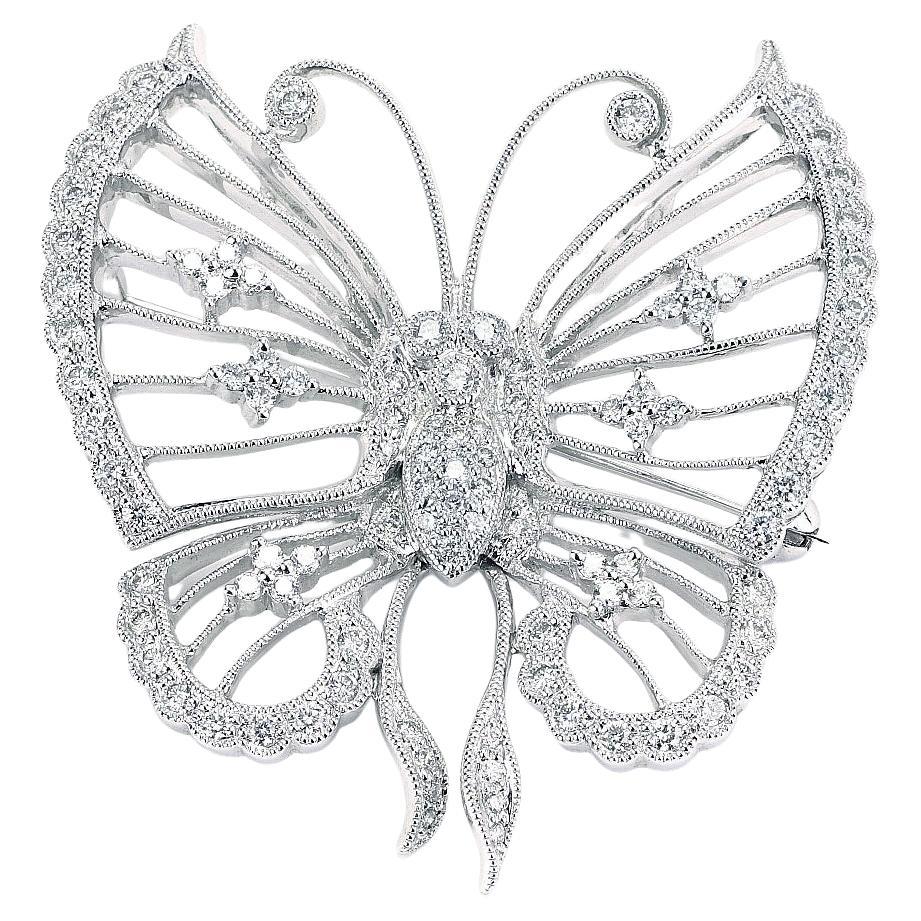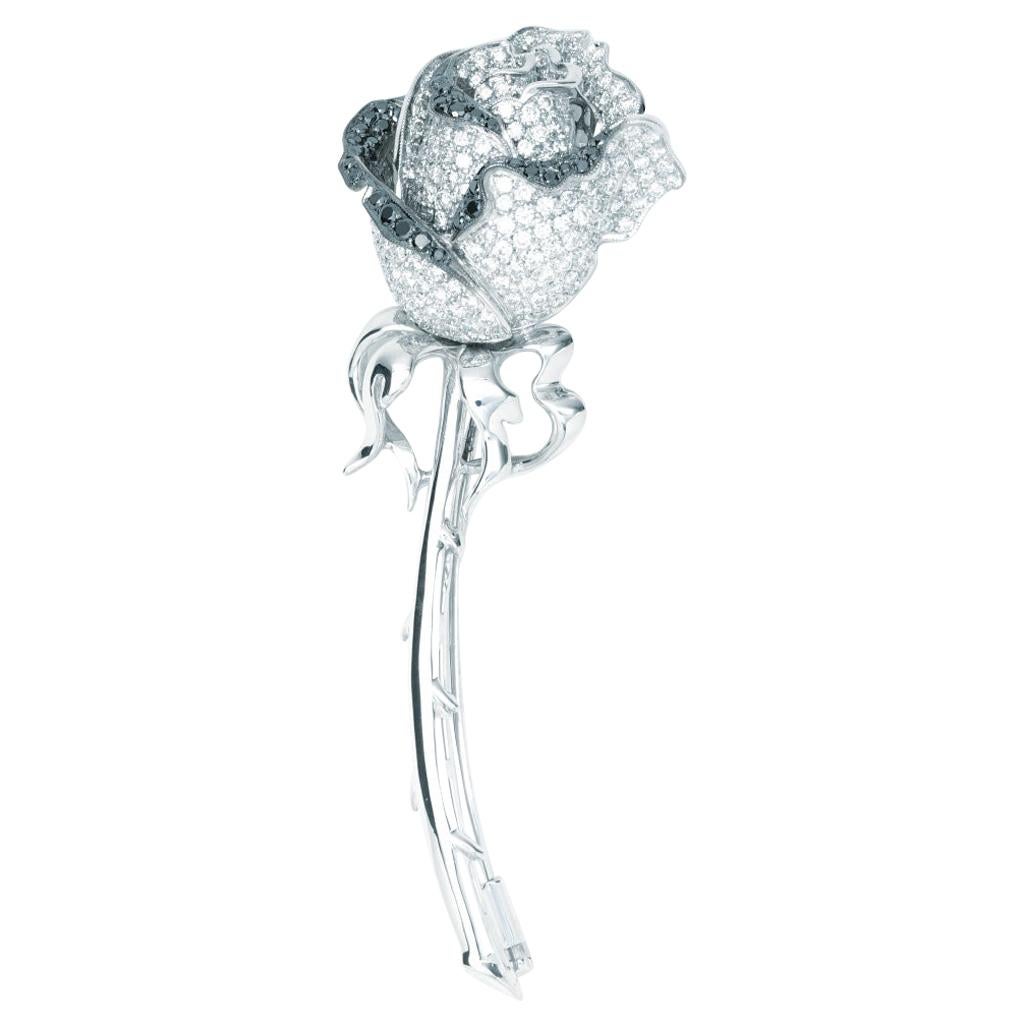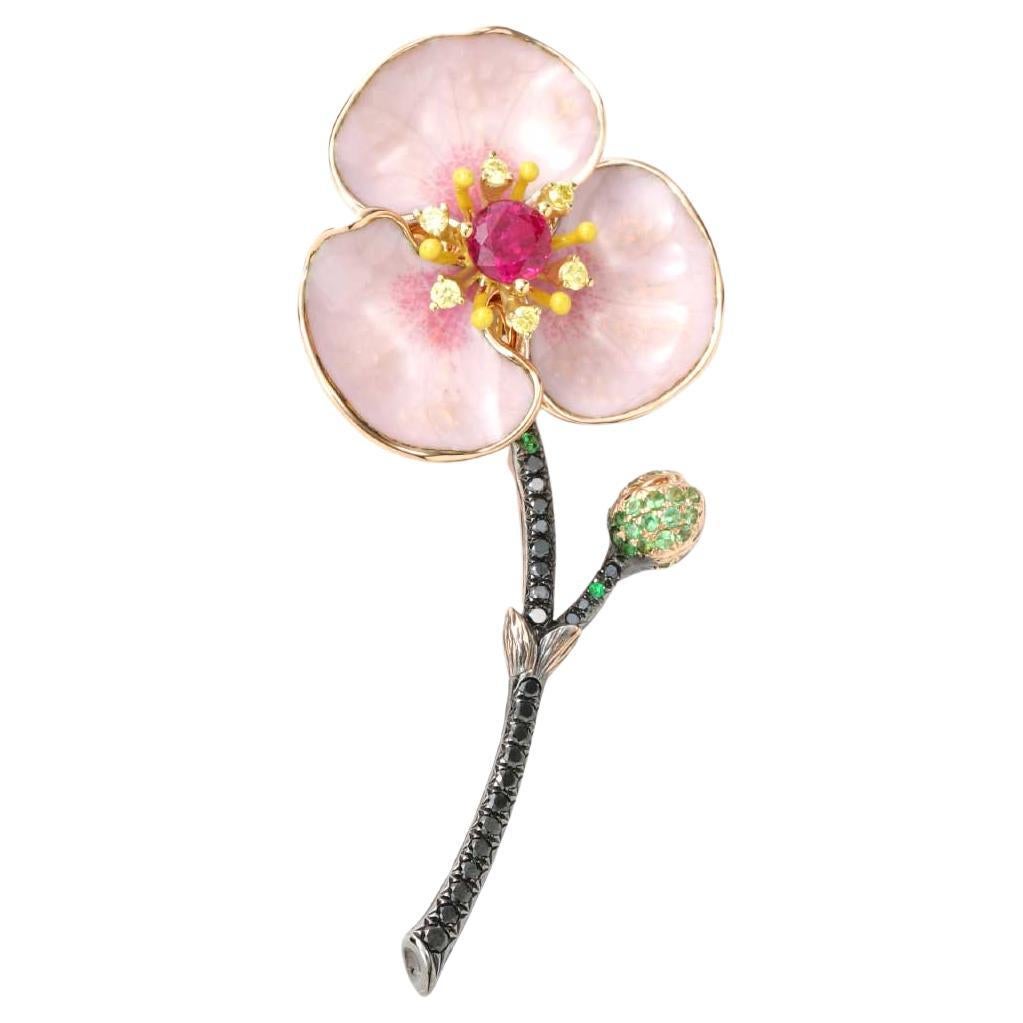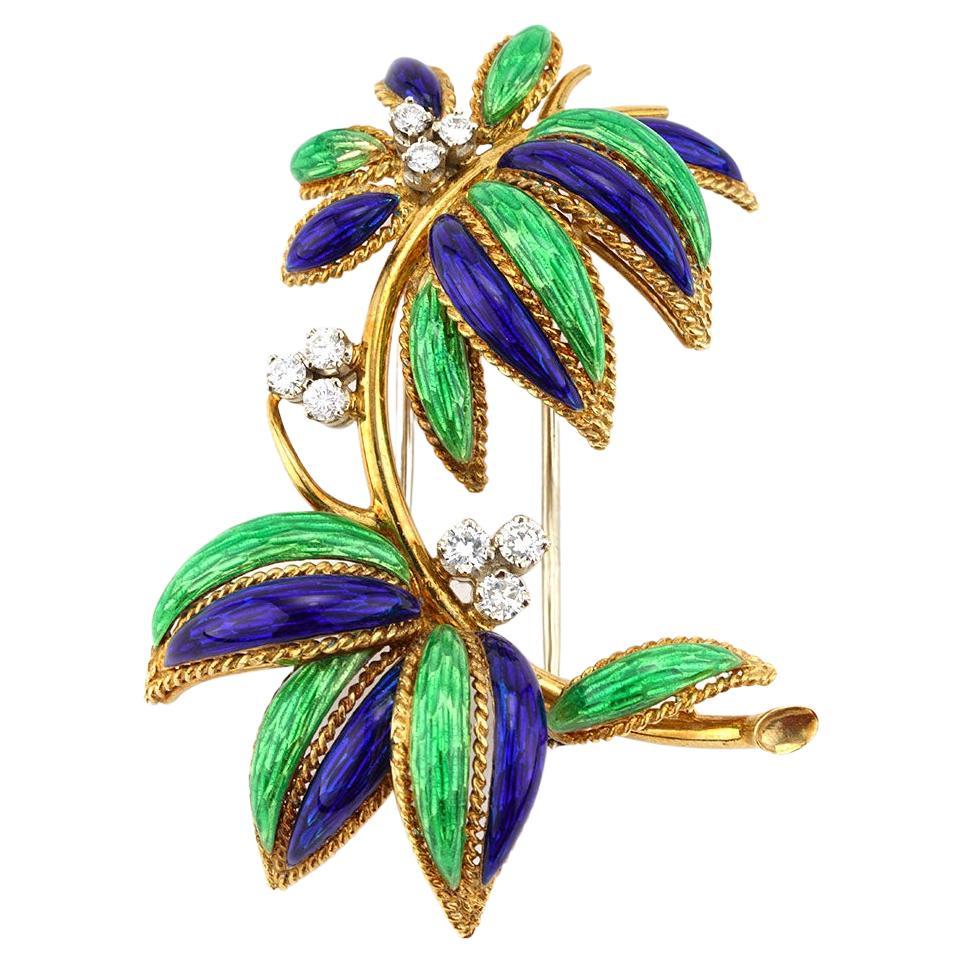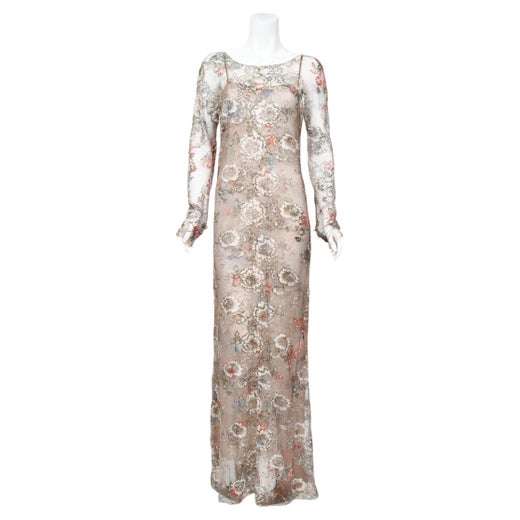CoutureChanel Antique Byzantine ThePurpleHeart PearlAmethystQuartz GoldMedallion
About the Item
- Creator:
- Design:
- Metal:Gold,Gilt Metal,Yellow Gold
- Stone:Amethyst,Pearl,Quartz
- Stone Cut:Bead
- Weight:31 g
- Dimensions:Width: 2.17 in (55 mm)Depth: 0.99 in (25 mm)Length: 1.97 in (50 mm)
- Style:Byzantine
- Place of Origin:France
- Period:1930-1939
- Date of Manufacture:1930-1932
- Condition:Wear consistent with age and use.
- Seller Location:Chicago, IL
- Reference Number:1stDibs: LU3244218601662
Chanel
In the years following the opening of her modest millinery shop, Gabrielle "Coco" Chanel became a pivotal designer of both fashionable casual wear and Paris haute couture as well as an icon and arbiter of 20th-century style with her bob haircut and pearls. Today vintage Chanel handbags, jackets and evening dresses are among the most sought-after clothing and accessories for fashion lovers all over the world.
The first Chanel shop was established in 1910 in Paris on rue Cambon by the young milliner Gabrielle Chanel (1883–1971), who had picked up the nickname “Coco” while working as a club singer. The boutique drew the attention of the Parisian fashion elite who popularized her wide-brimmed Chanel Modes hats. Soon she added a sportswear store in the Normandy resort town of Deauville, where Coco set the tone for her defining sense of style — traditionally masculine garments reimagined for feminine shapes, made from simple jersey fabric.
Effortless and elegant, Chanel's designs promoted comfort and grace in women’s wear that had been dominated in the previous century by complicated layers of fabric and cumbersome corsets. She followed this success with a couture house, opened in 1915 in Biarritz.
But Chanel was not born into a life of glamour. Following the death of her mother, her father left her in an orphanage where she lived until the age of 18. It was there that she learned to sew as well as appreciate the classic pairing of black and white as worn by the nuns. In 1926, she introduced her first little black dress, reclaiming a color that had once been reserved for mourning and working-class women. That same decade, she debuted her perfume, Chanel No. 5, as well as the Chanel suit with a fitted skirt, inspired by the boxy lines of men’s clothing and employing a sporty tweed.
Chanel closed her fashion operations during World War II, then returned to the industry in 1954 to design for the functional needs of modern women. Structure and wearability endured in all of Chanel’s clothing and accessories, like the quilted leather 2.55 handbag introduced in 1955 with its gold-chain shoulder strap that freed up a woman’s hands. Chanel's collarless jacket reacted against the constricting styles of Christian Dior's New Look, replacing them with a design that was timeless, an instant classic. The 1957 two-tone slingback pumps had a practical heel height while offering a bold statement in the black tip of the shoes.
After Coco Chanel died in 1971, the brand underwent several changes in leadership, including fashion designer Karl Lagerfeld, who took over as artistic director in 1983. Over the years, the company has continued to innovate, such as expanding into ready-to-wear fashion in 1978 and, in 2002, establishing a subsidiary company — Paraffection — dedicated to preserving the heritage skills of fashion artisan workshops. The House of Chanel still operates its flagship on rue Cambon in Paris, where it all began.
Browse vintage Chanel bags, evening dresses, shoes, jewelry and other clothing and accessories on 1stDibs.
- ShippingRetrieving quote...Ships From: North Adams, MA
- Return PolicyA return for this item may be initiated within 1 day of delivery.
- Cruciform NielloInlay FleurDeLys GiltEngravedCopperAlloy Heraldry Brooch PendantLocated in Chicago, ILThis 15th-Century period or older gilt copper and silver alloy amulet with niello inlay is an elaborately engraved three-dimensional brooch and pendant, which demonstrates the epitome of miniature decorative nielli in the early Renaissance by European goldsmiths of small cruciform or quatrefoil objects with heraldry symbols. Beyond a dense array of engraved radiant-light, cloud and star motifs with punchwork, it features a 10mm fine black crested staff that is the Christian symbol for the Holy Trinity. This intricate engraving with niello has fleur-de-lys elements, like a French or Florentine coat-of-arms or monogram used to identify noble families or a significant person like a king. It tops a 5mm bar, which is bracketed by 10mm peaked bars that form a cross. When worn, it is positioned horizontally like an elongated barbed quatrefoil. The bars may be concealing a relic such as wood, while it is not clear how these pieces are attached to the front. As a symbol of French conversion to Christianity, the French King Louis in the 12th Century made a fleur-de-lys element of the Holy Trinity vector the official emblem of his royal authority on shields. Later, English kings adopted it when claiming the French throne. By the 14th Century, the fleur-de-lys was used in family insignia that was sewn onto a knight's coat-of-mail surcoat. This coat-of-arms insignia could identify them if found on a battlefield. The Met Cloisters museum collection includes a similarly sized mid-15th Century French gold brooch...Category
Antique 15th Century and Earlier European Renaissance Brooches
MaterialsGilt Metal, Mixed Metal, Niello, Silver, Copper
- Artist BertoiaStyle Hammered SterlingSilver SquiggleSpiral UndulatingWire BroochLocated in Chicago, ILThis modern mid-century abstract three-dimensional unsigned brooch is a single hand-hammered sterling-silver wire that was shaped by an artist into an undulating squiggle that ends i...Category
Early 20th Century American Modern Brooches
MaterialsSterling Silver
- Couture 1936-49 Schiaparelli-Dali-Style Set FauxSapphire&Pearl Earrings & BroochLocated in Chicago, ILThis surrealistic handcrafted faux-sapphire-topped-pearl cluster brooch and clip-earrings set dates to around WWII, when fashion designer Elsa Sch...Category
Vintage 1940s American Modern Brooches
MaterialsCrystal, Pearl, Sapphire, Mixed Metal
- Smithsonian 1994 ModernArt LavaRock Sparkling SterlingSilver EyeShaped BroochBy ContemporaryLocated in Chicago, ILLike the pendant collected by the Smithsonian American Art Museum, this bezel-set lava rock was handcrafted as a modern sterling silver brooch by studio-artist Joan Parcher...Category
1990s American Artist Brooches
MaterialsOther, Sterling Silver
- Black Tahitian Pearl Dutch DroogDesign 1998 Unique ThirdNipple GoldDisk BroochBy Artistian MadeLocated in Chicago, ILIn the 1990s when the Dutch collective Droog introduced international leaders of late 20th-Century functional art such as Ron Arad, Marcel Wanders, Jurgen Bey, Hella Jongerius, and Tejo Remy, the Netherlands-based brand was one of the most successful producers of conceptual design. The collaboration was co-founded in 1993 in Amsterdam by the jewelry and product designer Gijs Bakker (b. 1942), who commissioned his protege French artist Frederic Braham in 1998 to create this one-of-a-kind brooch for his young Droog-represented jewelry line "Chi ha paura...?". The Italian phrase means "who is afraid of?". This natural satin-lustre South Sea black-Tahitian 15 x 10 mm baroque thick-nacred pearl, which is bezel-set in oxidized sterling on a sharp silver stud for push-back fastening as a lapel or tie pin, is surrounded by a removable textured gold disk brooch with the Chiapaura maker's mark, artist's signature, abbreviated year and assay symbol. Notably, while farmed pearls from this French-Polynesian region are scarce, it is rarer to find one over 12mm. This dark gray one is also exceptional for its desirable secondary tone of peacock green with minimal surface imperfections. From normal use, the unseen back of the disk is missing chips of ecru enamel where it contacts the fastening knob. This reveals that the disk is solid gold. Like other functional conceptual design represented by Droog, the brooch is more than a beautiful piece of fine jewelry featuring multiple contrasting elements, as it could be a provocative "third nipple" if worn on a tie or scarf. Given the Dutch origin of the brand, we recall the famous 15th-Century oil-painting by Johannes Vermeer, known as "Girl with a Pearl Earring". Who is afraid of girl or boy with a third nipple? We acquired this brooch from a jewelry collector who had purchased it from the Italian gallery...Category
1990s Dutch Artist Brooches
MaterialsBlack Pearl, South Sea Pearl, Gold, Silver, Mixed Metal, Sterling Silver
- ArtNouveau Antique ArtistSigned Peacocks Set HandWroughtMetals Earrings & BroochBy Louis Comfort TiffanyLocated in Chicago, ILThis antique Art-Nouveau period American-signed metalsmithed set features intricately etched, chased, chiseled and pierced curvaceous peacocks in unusual copper-gilt silver. "Sterlin...Category
Early 20th Century American Art Nouveau Brooches
MaterialsSterling Silver, Copper
- Antique Cameo Heart Pin with Diamond in 14K Yellow GoldLocated in Chicago, ILThis antique cameo heart with diamond pin is made of 14K yellow gold. It contains a round diamond weighing 0.01 CTTW.Category
Late 20th Century Art Nouveau Brooches
MaterialsDiamond, 14k Gold, Yellow Gold
- 1.11 CTTW Diamond Butterfly Milgrain Pin BroochLocated in Chicago, ILThis pin weighs 9.6 DWT (approx. 14.93 grams). It contains 97 round G color and VS clarity diamonds weighing 1.11 CTTW. Dimensions: 1.5" X 1.5".Category
Late 20th Century Art Deco Brooches
MaterialsDiamond, 18k Gold, White Gold
- Le Vian Black and White Diamond Rose Pin White GoldBy Le VianLocated in Chicago, ILPreviously-owned Levian Black and White Diamond Rose Collection pin. The pin is 3 inches in length, made of 18K white gold, and weighs 12.70 DWT (approx. 19.75 grams). It also has 37...Category
Early 2000s Unknown Brooches
MaterialsDiamond, Black Diamond, 18k Gold
- Art Deco 1.20 CTTW Pearl, Ruby, And Emerald Pin Brooch In 14K Yellow GoldLocated in Chicago, ILThis pearl, ruby, and emerald pin is made of 14K yellow gold. It contains a round white pearl , round green emeralds weighing 0.50 CTTW, and round red rubies weighing 0.70 CTTW.Category
Mid-20th Century Art Deco Brooches
MaterialsEmerald, Pearl, Ruby, 14k Gold, Yellow Gold
- Diamond, Ruby, Tsavorite And Enamel Flower Pin In Multi Tone GoldLocated in Chicago, ILThis Enamel pin is made of 18k Rose Gold . It contains a round ruby weighing 0.55 CT, round green tsavorites weighing 0.32 CTTW, round multi color, diamonds weighing 0.31 CTTW, round...Category
Late 20th Century Art Nouveau Brooches
MaterialsDiamond, Ruby, Tsavorite, Gold, Enamel
- Blue And Green Enamel And Diamond Tree Motif Pin In Yellow GoldLocated in Chicago, ILThis tree motif pin weighs 15.20 DWT (approx. 23.64 grams). It contains 9 round G color and VS clarity diamonds weighing 0.60 CTTW.Category
Late 20th Century Art Nouveau Brooches
MaterialsDiamond, Yellow Gold, Enamel
Recently Viewed
View AllRead More
From the Runway to Rihanna, These Chanel Pearl Sunglasses Are the Peak of ’90s Chic
This cheeky accessory is seriously fun.
With a Wink, Karl Lagerfeld Sent This Egg-Carton-Shaped Chanel Bag Down the Runway
For the brand’s 2014–15 ready-to-wear show in Paris, the designer was inspired by a most unexpected place: the supermarket.

